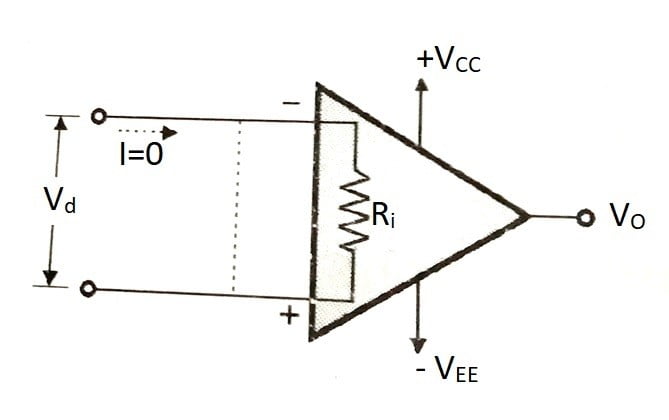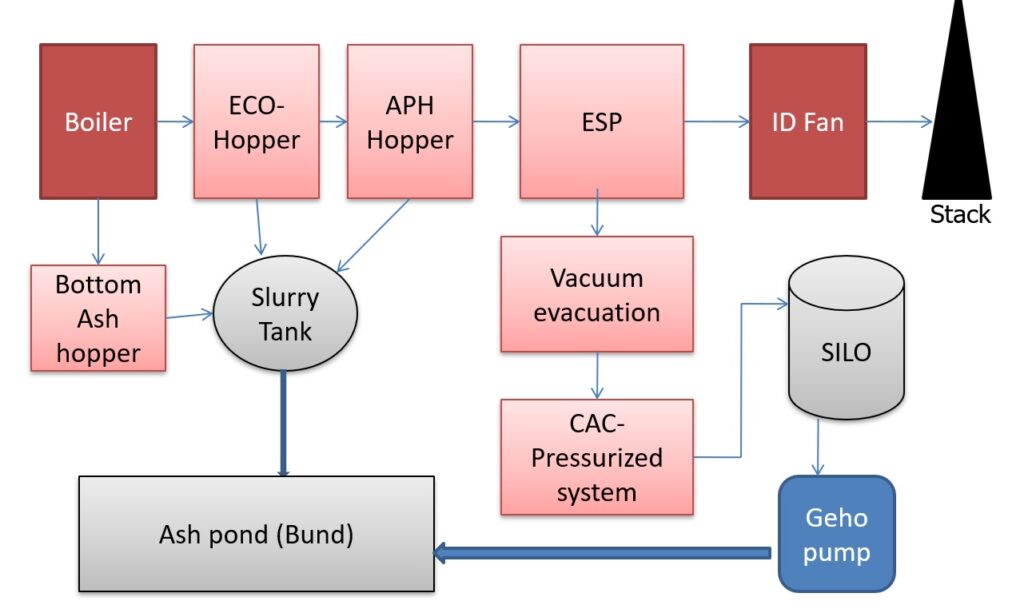Table of Contents
ToggleIn Op-amps the closed loop configuration is widely used. The closed loop op-amp circuit may be an inverting or a non-inverting circuit. While analysing these configurations the virtual short and virtual ground concepts are used.
According to dictionary the word ‘Virtual’ means “almost a particular thing or quality” or “created by computer technology and appearing to exist but not existing in the physical world”.
Real Keypad of a cell phone and virtual keypad of a smart phone is shown in the following image.

Almost every smartphone consists of a ‘Virtual keypad’. Here the word virtual means, this keypad almost exists there but not physically.
Virtual Short Concept
While analysing different circuits that include op-amps we need to use an important concept called “virtual short”.
According to virtual short concept, the potential difference between the two input terminals of an Op-amp is almost zero. In other words, both the input terminals are approximately at the same potential.
The concept of virtual short can be explained as follows:
The input impedance (Ri) of an op-amp is ideally infinite. Hence current flowing from one input terminal to the other will be zero as shown in Figure.

Thus, the voltage drop across Ri will be zero and both the input terminals will be at the same potential. In other words, they are virtually shorted to each other.
Other way of explaining this concept is as follows:
The output voltage of an op-amp is given by
VO= AV. Vd
Where, AV=Open loop gain and Vd= Differential input voltage
But AV = ∞ for an ideal op-amp and AV = 2 x 105 for IC 741.
∴ For ideal op-amp, Vd = 0. Thus, the potential difference bet the input terminals is zero.
When we short circuit two points, they will have the same potential this reason, the two op-amp terminals which are almost equipotential said to be virtually (not actually) short circuited.
Here, it can be observed that an infinite (or very large) current flows from an actual short. But virtual short has zero current.
Actual short as well as virtual short has similarity in case voltage. The voltage in both cases is same.
That is, VA =VB =Vin.
Virtual Ground Concept
An actual ground has zero voltage and can sink an infinite current.
If the non-inverting (+) terminal of op-amp is connected to ground as shown in figure, then due to the “virtual short” existing between the two input terminals, the inverting (-) terminal will also be at ground potential. Hence it is said to be at “virtual ground”.

Similarly, if the inverting (-) terminal is connected to ground, then the non-inverting (+) terminal will be at “virtual ground” potential.
The concept of virtual ground has been used widely for amplifier analysis, specially we use this concept for the inverting configuration of op-amp.
From above discussion we can conclude that, Virtual ground has zero voltage but it can not sink an infinite current.
That is, VA =VB = 0.
The meaning of ordinary ground is that it has Zero voltage & can sink infinite current.
The term virtual ground means any point in the circuit that has a Zero voltage and draw no current.
For Voltage there is no difference between ordinary ground and virtual ground but for current, ordinary ground sinks infinite current whereas virtual ground sinks Zero current.
It is called virtual because it acts as ground for voltage and not for current.
In Short
Following trick is used in analysis of a closed loop Op-amp circuit.
- To find output of a non-inverting amplifier: Virtual short concept is used where VA= VB= Vin.
- To find output of an inverting amplifier: Virtual ground concept is used where VA= VB= 0.
For video tutorial on
"Virtual Short and Virtual Ground Concept"
Recent posts
Related posts:
- Introduction to Op-amp
- Parameters of Op-amp
- Configuration of Op-Amp
- Open Loop Configuration of Op-Amp
- Closed Loop Configuration of Op-Amp
- Summing Amplifier Using Op-Amp | Adder Using Op-Amp
- Difference Amplifier Using Op-Amp | Subtractor Using Op-Amp
- Integrator Using Op-Amp
- Differentiator Using Op-Amp
- Comparator Using Op-Amp
- Zero Crossing Detector (ZCD)



Hello electronicsforyou.in webmaster, Thanks for the informative and well-written post!
Hello electronicsforyou.in owner, You always provide great examples and real-world applications.